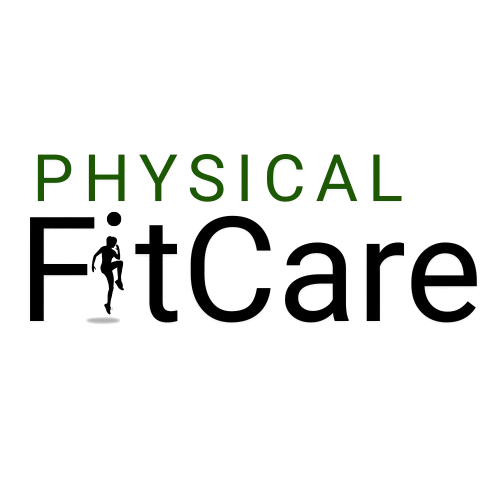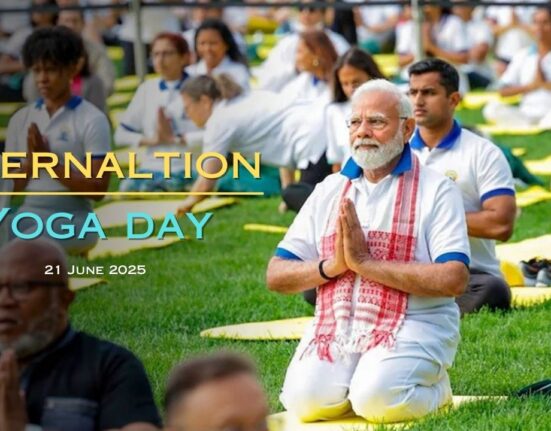Why Practice Yoga?
Practicing yoga has numerous benefits, including:
- Improved flexibility and posture
- Enhanced mental clarity and relaxation
- Increased strength and balance
- Better breathing and lung capacity
- Stress reduction and emotional well-being
- A stronger immune system
- Enhanced digestion and metabolism
- Better sleep and reduced anxiety
How to Do Yoga at Home
Starting a yoga practice at home can be both rewarding and convenient. Here’s what you need:

- A quiet space: Find a distraction-free area.
- A yoga mat: Provides cushioning and stability.
- Comfortable clothing: Wear stretchy and breathable fabrics.
- A positive mindset: Be patient with your progress.
- Guidance: Use yoga apps, online classes, or books to guide your sessions.
How to Do Yoga – Step by Step
1. Start with Breathing Exercises
- Sit comfortably with a straight spine.
- Practice deep breathing (inhale through the nose, exhale through the mouth).
- Try Pranayama (breath control) techniques like Anulom Vilom (alternate nostril breathing).
2. Warm-Up Poses
- Neck rotations, shoulder rolls, and spinal twists to loosen up the body.
- Cat-Cow Stretch: Improves spinal flexibility.
- Sun Salutations (Surya Namaskar): A sequence of movements to warm up the body.
3. Basic Yoga Poses for Beginners
- Mountain Pose (Tadasana): Improves posture and balance.
- Downward Dog (Adho Mukha Svanasana): Strengthens arms, legs, and spine.
- Warrior Pose (Virabhadrasana): Enhances strength and endurance.
- Tree Pose (Vrikshasana): Improves balance and concentration.
- Child’s Pose (Balasana): A relaxing and restorative pose.
12 Basic Yoga Poses for Beginners
If you’re new to yoga, mastering these 12 foundational poses will build a solid practice:
1. Mountain Pose (Tadasana)
2. Downward Dog (Adho Mukha Svanasana)
3. Warrior I (Virabhadrasana I)
4. Warrior II (Virabhadrasana II)
5. Triangle Pose (Trikonasana)
6. Bridge Pose (Setu Bandhasana)
7. Seated Forward Bend (Paschimottanasana)
8. Cobra Pose (Bhujangasana)
9. Cat-Cow Pose (Marjaryasana-Bitilasana)
10. Child’s Pose (Balasana)
11. Corpse Pose (Savasana)
12. Plank Pose (Phalakasana)
Yoga For Beginners at Home
Practicing yoga at home requires discipline. Set a routine and follow these tips:
- Start with a 10-15 minute session.
- Follow online classes or videos from a certified yoga instructor.
- Gradually increase your practice duration.
- Focus on your breath and alignment.
- Keep a journal to track your progress.
- Stay hydrated and eat light before practice.
Yoga Workout For Beginners
A simple yoga workout includes:
Warm-Up (5 mins): Stretching and breathing exercises.
Main Poses (20 mins): Perform the 12 basic yoga poses.
Cool Down (5 mins): Relax in Savasana (Corpse Pose).
Pregnancy Yoga: Safe Practices for Expecting Mothers
Pregnancy yoga helps improve flexibility, reduce stress, and prepare for childbirth. Safe poses include:
- Butterfly Pose (Baddha Konasana)
- Cat-Cow Pose (Marjaryasana-Bitilasana)
- Side-Lying Resting Pose
- Gentle Seated Twists
- Hip Openers like Malasana (Garland Pose)
Precautions:
- Avoid deep backbends, twists, or poses that put pressure on the abdomen.
- Consult a doctor before starting any new exercise routine.
- Focus on gentle stretching and breathing techniques.
Different Types of Yoga
Understanding various yoga styles can help you choose the best one for your needs:
- Hatha Yoga: Ideal for beginners, focuses on foundational poses and breathing.
- Vinyasa Yoga: A dynamic flow connecting movement with breath.
- Ashtanga Yoga: A more intense, structured form of Vinyasa.
- Bikram Yoga: A series of 26 poses practiced in a heated room.
- Kundalini Yoga: Emphasizes breath, meditation, and chanting.
- Yin Yoga: Focuses on deep stretches and holding poses longer.
- Restorative Yoga: A slow practice using props for deep relaxation.
Finding a Yoga Instructor
A qualified yoga instructor can guide you through correct techniques and help prevent injuries. If you prefer self-learning, follow certified yoga teachers online, take virtual classes, or attend local yoga sessions.
Common Mistakes Beginners Should Avoid
- Holding your breath instead of maintaining steady breathing.
- Overstretching and pushing beyond your limits.
- Skipping warm-ups and cool-downs.
- Comparing progress with others.
- Practicing on an empty or overly full stomach.
How to Stay Motivated in Your Yoga Journey
- Set clear goals (e.g., flexibility, stress relief, strength).
- Join an online or in-person yoga community.
- Keep exploring different yoga styles.
- Create a peaceful, inviting practice space at home.
- Celebrate small milestones and progress.
Conclusion
The 12 basic yoga poses for beginners are more than just physical movements—they’re stepping stones to a healthier body, a calmer mind, and a more balanced lifestyle. Whether you’re aiming to relieve stress, improve flexibility, or simply find a moment of peace in your day, these foundational poses offer incredible benefits.
Frequently Asked Questions
Start with basic poses, short sessions (10–15 minutes), and focus on proper breathing. Use beginner-friendly videos or join a beginner’s class for guidance.
No. Yoga helps improve flexibility over time. Beginners can start at any level of flexibility and modify poses as needed.
All you need is a yoga mat, comfortable clothing, and a quiet space. Props like blocks or straps can help but aren't essential for beginners.
Start with 2–3 times per week and gradually increase as your comfort and interest grow. Consistency is more important than duration.
Hatha yoga, Vinyasa (slow flow), or Restorative yoga are excellent for beginners. They offer gentle movements and focus on foundational poses.


